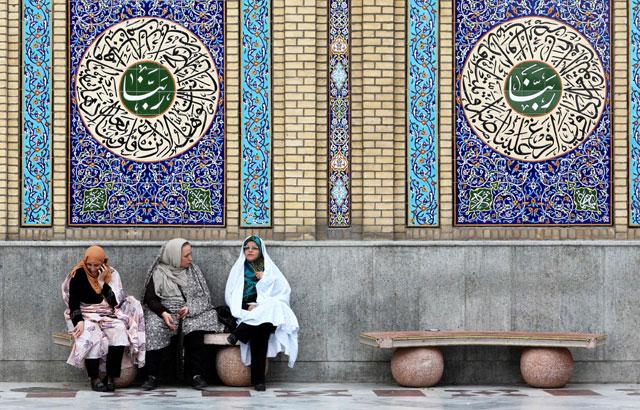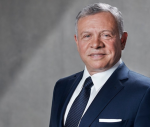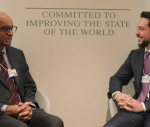You are here
Iran still implementing nuclear deal — IAEA
By AFP - May 24,2018 - Last updated at May 24,2018

Iran Shiite Muslims sit at the Emamzadeh Saleh Mosque in Tajrish square in northern Tehran on Tuesday, during the Muslim holy month of Ramadan (AFP photo)
VIENNA — Iran is still implementing the 2015 accord over its nuclear programme, just weeks after Washington ditched the accord, according to a report by the UN's nuclear watchdog.
The International Atomic Energy Agency (IAEA) report, seen by AFP on Thursday, shows that Iran is abiding by the deal's key restrictions on its nuclear facilities in return for relief from damaging economic sanctions.
The latest assessment from the IAEA comes after US President Donald Trump withdrew the United States from the accord earlier this month, putting its future in jeopardy.
The IAEA urged Iran to stick with the accord and even go beyond its legal obligations so as to boost international confidence in Tehran's commitments.
A senior diplomat at IAEA headquarters said this was not prompted by any lack of cooperation or change of behaviour on Iran's part.
The IAEA is "encouraging [Iran] to go above and beyond the requirements" of the deal in order to boost confidence, the diplomat said, adding that Tehran could for example invite inspectors to sites they had not demanded access to.
Signatories Britain, France, Germany plus the European Union, Russia and China have been trying to salvage the deal after Trump's decision but Iran has warned that if it suffers as a result the reintroduction of US economic sanctions, it could walk away from the accord.
'Strongest sanctions'
As in previous reports, the IAEA confirmed that the number of centrifuges to enrich uranium at Iran's Natanz plant had been kept below the agreed level of 5,060, while its total stockpile of low-enriched uranium "has not exceeded 300 kilogrammes”.
Uranium when enriched to high levels can be used in a nuclear weapon. At lower enrichment levels, it is used for peaceful applications such as power generation — Iran's stated aim.
Since the deal came into effect, Iran has twice inched over the agreed volume of heavy water, a reactor coolant.
However, the latest report said that for the past three months the volume had remained below the agreed maximum of 130 tonnes.
Apart from the relatively minor breaches of heavy water levels, IAEA reports have consistently shown Iran adhering to the terms of the deal in the two years since it came into force.
In the IAEA's previous report it had said that Iran had informed it of a decision to "construct naval nuclear propulsion in the future".
Press reports have previously said that Iran wants to develop nuclear-powered ships or submarines.
The latest report says that Iran has assured the IAEA that more information will be provided in due course and that "for the first five years, no facility will be involved".
On Wednesday, Iranian Supreme Leader Ayatollah Ali Khamenei said Iran would not discuss its missile programme in any new deal, as demanded by the US, and said European countries had to compensate Iran if it experienced a dip in oil sales.
US Secretary of State Mike Pompeo had warned on Monday that Iran would be hit with the "strongest sanctions in history" and cautioned European firms against continuing to do business in the country.
On Friday, the remaining parties to the accord will meet in Vienna at Iran's request to discuss the implementation of the deal and ways to save it without Washington's participation.
Related Articles
VIENNA — The UN nuclear watchdog on Monday voiced concern that Iran had not clarified queries over possible undeclared nuclear activity, add
VIENNA — The head of UN's nuclear watchdog said Monday that inspectors would "in a few days" visit the second of two sites in Iran where und
VIENNA — Iran on Monday denied reports that it has enriched uranium up to 84 per cent, just below the 90 per cent needed to produce an atomi
















